In the ever-evolving digital landscape, cyber threats are becoming increasingly sophisticated. To combat these threats effectively, organizations rely on Cyber Threat Intelligence (CTI) — a proactive approach to understanding and addressing cyber risks. Here’s a breakdown of the basics:
What is Cyber Threat Intelligence?
Cyber Threat Intelligence refers to the collection, analysis, and application of information about current and potential cyber threats. The goal is to help organizations anticipate, identify, and mitigate risks before they result in damage.
Types of Cyber Threat Intelligence
- Strategic Threat Intelligence
- Focus: High-level insights into broad trends, attacker motives, and long-term risks.
- Users: Executives and decision-makers.
- Example: Reports on global ransomware trends or geopolitical risks affecting cybersecurity.
- Tactical Threat Intelligence
- Focus: Detailed information about specific attack techniques, tactics, and procedures (TTPs).
- Users: Security teams and analysts.
- Example: Indicators of compromise (IoCs) like IP addresses, file hashes, or malicious URLs.
- Operational Threat Intelligence
- Focus: Real-time intelligence about active threats and ongoing attacks.
- Users: Incident response teams.
- Example: Alerts on an active phishing campaign targeting a specific industry.
- Technical Threat Intelligence
- Focus: Technical details about vulnerabilities and exploits.
- Users: Network administrators and penetration testers.
- Example: Detailed reports on zero-day vulnerabilities.
Why is Cyber Threat Intelligence Important?
- Proactive Defense: CTI helps organizations identify and neutralize threats before they occur.
- Informed Decision-Making: Provides actionable insights to prioritize security investments and responses.
- Enhanced Incident Response: Improves detection, analysis, and mitigation of threats during an attack.
- Reduced Risk: By understanding attacker behavior, organizations can implement targeted defenses.
Key Steps in Cyber Threat Intelligence
- Collection
- Gather data from internal sources (logs, endpoint monitoring) and external sources (threat feeds, dark web forums).
- Analysis
- Process raw data to identify patterns, trends, and actionable insights.
- Dissemination
- Share intelligence with relevant teams or decision-makers in a clear and usable format.
- Application
- Use insights to strengthen defenses, patch vulnerabilities, and train employees.
Common Tools and Techniques
- Threat Intelligence Platforms (TIPs): Centralize and manage threat data (e.g., ThreatConnect, Recorded Future).
- SIEM Tools: Correlate threat data with organizational activity (e.g., Splunk, QRadar).
- Open-Source Threat Feeds: Access free IoCs and threat reports (e.g., AlienVault OTX, MalwareBazaar).
- Dark Web Monitoring: Monitor underground forums for potential threats.
Challenges in Cyber Threat Intelligence
- Data Overload: Filtering actionable intelligence from vast amounts of data.
- Integration: Ensuring CTI tools work seamlessly with existing security systems.
- Skill Gaps: Need for trained analysts to interpret and act on intelligence.









